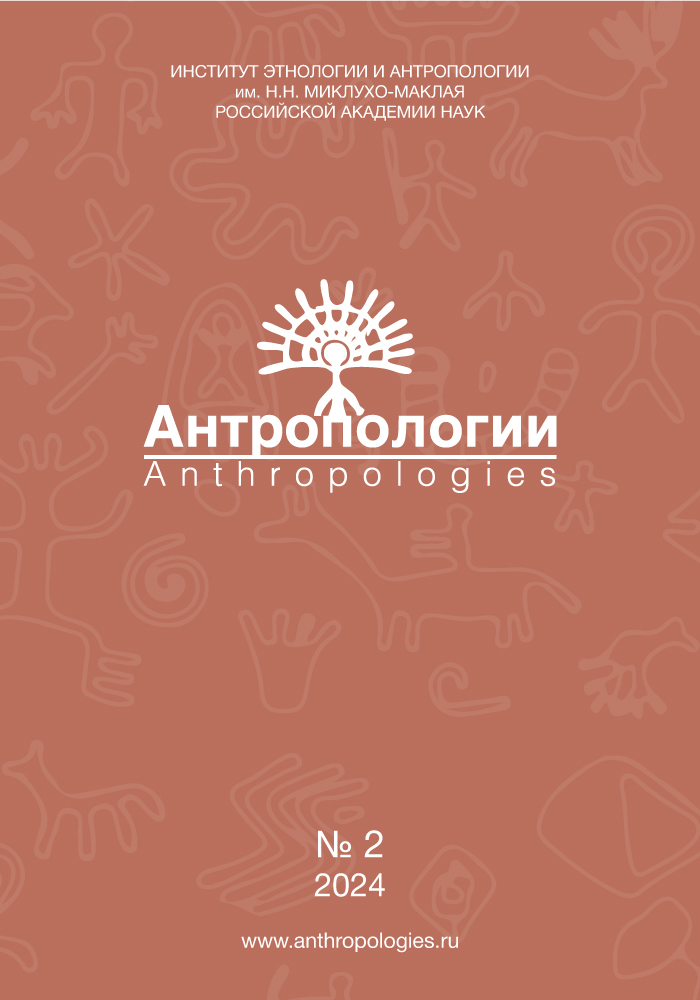Ethnogenetic reconstructions by paleogenetic methods: history, current state and prospects. The experience of the Novosibirsk Scientific Center
DOI:
https://doi.org/10.33876/2782-3423/2024-2/28-43Keywords:
ethnogenetic reconstructions, paleogenetics,, ancient DNA, interdisciplinary research, diachronic analysisAbstract
In recent years, paleogenetics has become one of the promising areas that is rapidly developing within the framework of ethnogenetic reconstructions. Its methods make it possible to directly analyze the genetic composition of diverse groups of ancient populations and significantly complement the reconstructions of the genetic history of the population obtained through genetic studies of modern populations, as well as anthropological studies of diverse groups. The article briefly discusses the main stages in the development of molecular genetics tools used for ethnogenetic reconstructions, and the specifics of using these tools to analyze paleogenetic material. Special attention is paid to various strategies for organizing systematic paleogenetic research to reconstruct the genetic history of the population of regions of various scales, and the rationale for the greatest effectiveness of analyzing representative diachronic models (samples) to obtain detailed and reliable reconstructions is given. Using the example of the organization of interdisciplinary paleogenetic research at the Novosibirsk Scientific Center of the Siberian Branch of the Russian Academy of Sciences, the expediency of creating a network of large leading regional centers of competence in the field of paleogenetics as the most promising form of development of paleogenetic research in the Russian Federation is substantiated.


